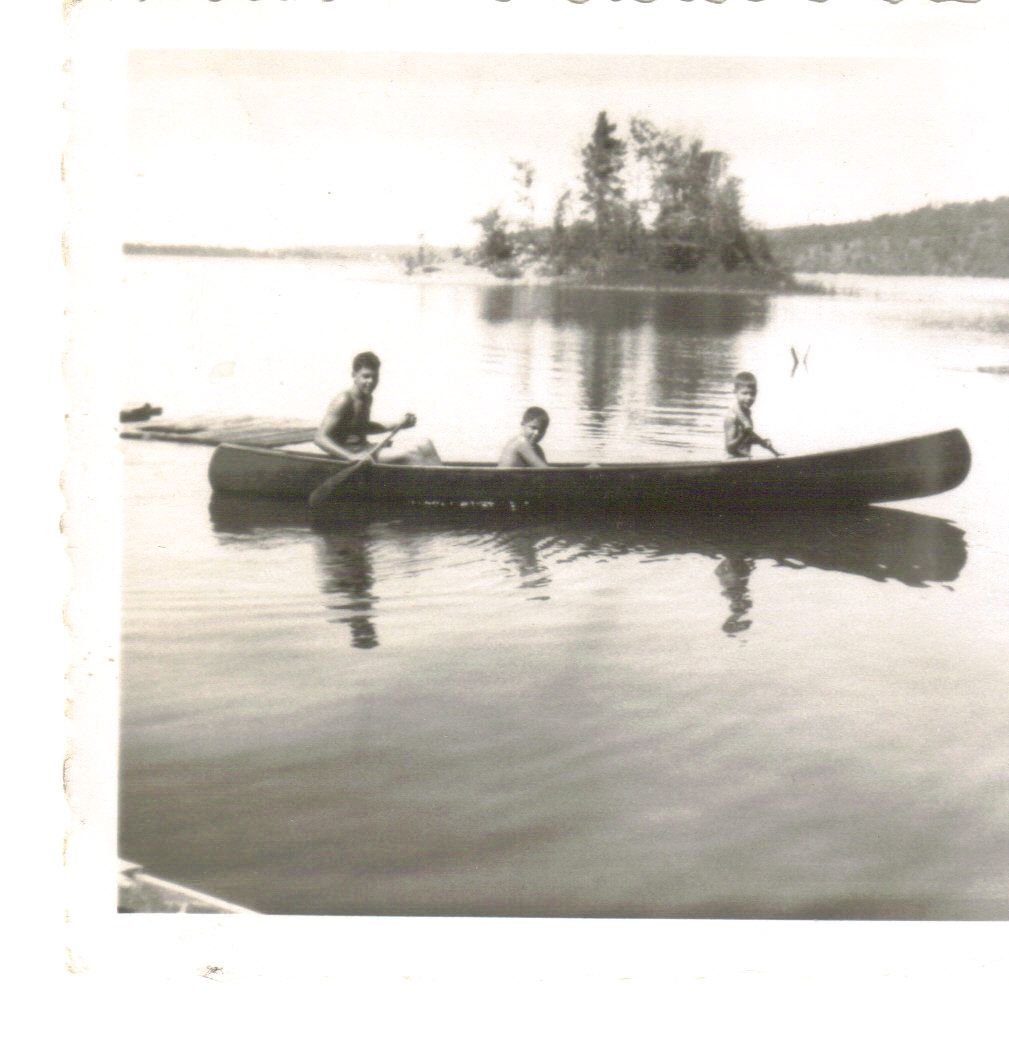G
Guest
Guest
I did a search and couldn't find any topic discussing this, and I wanted to get some clarification before making a big purchase (if, indeed, that's warranted). Before joining here, I assumed that a paddle was a paddle. Clearly, that assumption was incorrect  . I am a solo paddler, having an Old Town 119, and currently use either a big box store paddle, or my kayak paddle. I do day trips mostly on rivers, and some lakes, but am looking to extend that to overnights, on rivers or large lakes next spring. I've already learned quite a bit regarding paddling technique, and even modding my canoe to make it a little more user friendly. I want to get a paddle that is efficient, and will work well on the variety of water courses I'm paddling. Reading up, it seems that the otter tail is ideal for what I want to do, but seems to be a bit of a holy grail to find one. Another shape I was looking into, and seems a little easier to come by, is the voyageur. However, it looks, at least from my limited research, that the paddle design seems to be somewhat loosely interpreted. Some of the traditional sites show this paddle as very close in blade shape to the otter tail: others, especially modern manufacturers, have a more squared off blade, similar to what I am seeing is the beaver tail blade.
. I am a solo paddler, having an Old Town 119, and currently use either a big box store paddle, or my kayak paddle. I do day trips mostly on rivers, and some lakes, but am looking to extend that to overnights, on rivers or large lakes next spring. I've already learned quite a bit regarding paddling technique, and even modding my canoe to make it a little more user friendly. I want to get a paddle that is efficient, and will work well on the variety of water courses I'm paddling. Reading up, it seems that the otter tail is ideal for what I want to do, but seems to be a bit of a holy grail to find one. Another shape I was looking into, and seems a little easier to come by, is the voyageur. However, it looks, at least from my limited research, that the paddle design seems to be somewhat loosely interpreted. Some of the traditional sites show this paddle as very close in blade shape to the otter tail: others, especially modern manufacturers, have a more squared off blade, similar to what I am seeing is the beaver tail blade.
Needless to say, the several different types confuse me, and I'm looking for a little clarification. I am leaning towards the voyageur style, if I can find one that is more classical in shape. Ideally, I'd love an otter tail, but it seems that there are very few manufacturers that make these-and the couple that do, are out of the US, and shipping is cost prohibitive. I have seen a couple people post that I can simply make one-I wouldn't know where to begin. My father has a complete wood working shop, so I suppose it could be a great winter project, but want something before then. The question boils down to, is the voyageur style paddle a good all around paddle to use for rivers, lakes, etc, for day trips? Thanks!
Mods, if this is in the wrong forum, I apologize. I took a guess between this one and general discussion
Needless to say, the several different types confuse me, and I'm looking for a little clarification. I am leaning towards the voyageur style, if I can find one that is more classical in shape. Ideally, I'd love an otter tail, but it seems that there are very few manufacturers that make these-and the couple that do, are out of the US, and shipping is cost prohibitive. I have seen a couple people post that I can simply make one-I wouldn't know where to begin. My father has a complete wood working shop, so I suppose it could be a great winter project, but want something before then. The question boils down to, is the voyageur style paddle a good all around paddle to use for rivers, lakes, etc, for day trips? Thanks!
Mods, if this is in the wrong forum, I apologize. I took a guess between this one and general discussion


